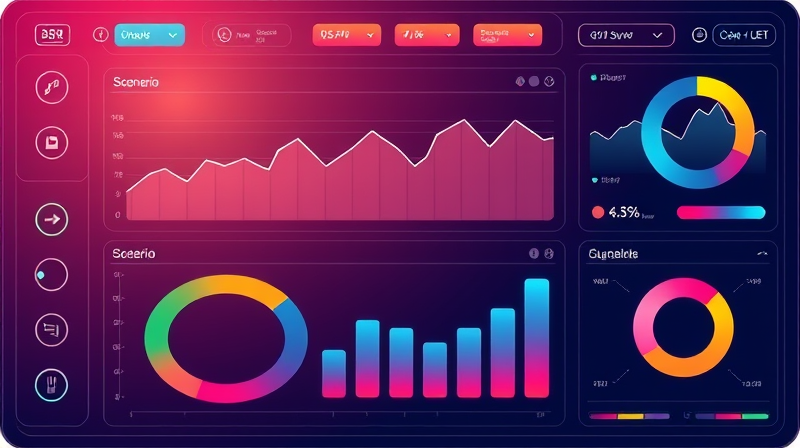
As cash becomes a relic of the past, digital wallets have emerged as a cornerstone of modern finance, offering unparalleled convenience and security. Their rapid ascent is not only transforming how consumers transact but also generating a wealth of new investment opportunities across the fintech landscape.
The global digital wallet market is witnessing explosive growth that shows no signs of slowing. From a valuation of $47.53 billion in 2024, it is projected to reach $56.92 billion by 2025, then soar past $119 billion by 2029. In transaction volume terms, the market is expected to climb from $8,286.4 billion in 2025 to $19,682.2 billion by 2030.
By 2025, digital wallets are expected to account for over half of global e-commerce transaction value, up from just over 40% in 2021. Overall digital payments—including wallets—will exceed $3 trillion globally by 2028.
These drivers combine to create a powerful momentum that propels digital wallets from niche convenience tools to mainstream financial instruments.
Digital wallets deliver a host of advantages that extend beyond simple payments. Users can store multiple payment methods in one place, conduct fund transfers, pay bills, book travel, and manage loyalty rewards—all through a single interface.
Security enhancements like two-factor authentication and biometric locks significantly reduce fraud risk, while encryption and tokenization protect sensitive data. Moreover, digital wallets are bridging financial inclusion gaps by providing easy access to banking services for unbanked populations in developing regions.
As wallets evolve into holistic financial platforms, they increasingly offer AI-driven budgeting tools, buy-now-pay-later options, and real-time expense tracking, creating an all-in-one financial management hub for users.
Asia-Pacific leads global adoption, driven by China’s Alipay and WeChat Pay dominance and India’s UPI-based growth. Regional smartphone penetration and supportive ecosystems fuel expansion through 2025.
In Europe, regulatory support for open banking and real-time payments is set to push digital wallets to capture 40% of online transactions by 2030. Meanwhile, Africa and Latin America are witnessing digital wallets enable financial inclusion, small-business growth, and innovative remittance solutions.
Retailers integrating digital wallets report reduced cart abandonment and higher conversion rates, making wallet acceptance a strategic imperative for e-commerce. Social commerce platforms are embedding wallets directly into apps, enabling seamless in-feed purchases.
In healthcare and travel, digital wallets are revolutionizing processes: storing medical records, processing insurance claims, delivering contactless boarding passes, and replacing room keys. Companies that resist wallet integration risk losing market share and falling behind agile competitors.
These pockets represent fertile ground for venture capital, corporate investment, and strategic partnerships, as incumbents and newcomers vie for wallet supremacy.
Wallets are no longer confined to phones. Wearables like rings and watches now handle payments, while AI-driven insights personalize spending advice. Buy-now-pay-later services are embedded directly into wallet interfaces, and sustainable fintechs are using digital wallets to promote eco-friendly choices and track carbon footprints.
Despite rapid adoption, digital wallets face ongoing security threats from sophisticated cybercriminals. Companies must invest in continual threat monitoring and resilience.
Regulators are walking a tightrope between fostering innovation and protecting consumers. Harmonizing standards across jurisdictions remains a significant hurdle, hindering seamless interoperability in cross-border scenarios.
The digital wallet revolution is far from over. As technologies converge—linking wearables, AI, open banking, and CBDCs—wallets will evolve into comprehensive financial ecosystems. Investors and businesses who anticipate these shifts stand to benefit from the next wave of fintech innovation, while consumers will enjoy increasingly frictionless and inclusive financial experiences.
In this dynamic environment, digital wallets will continue to create and expand fintech investment pockets, shaping the future of global finance for years to come.
References













